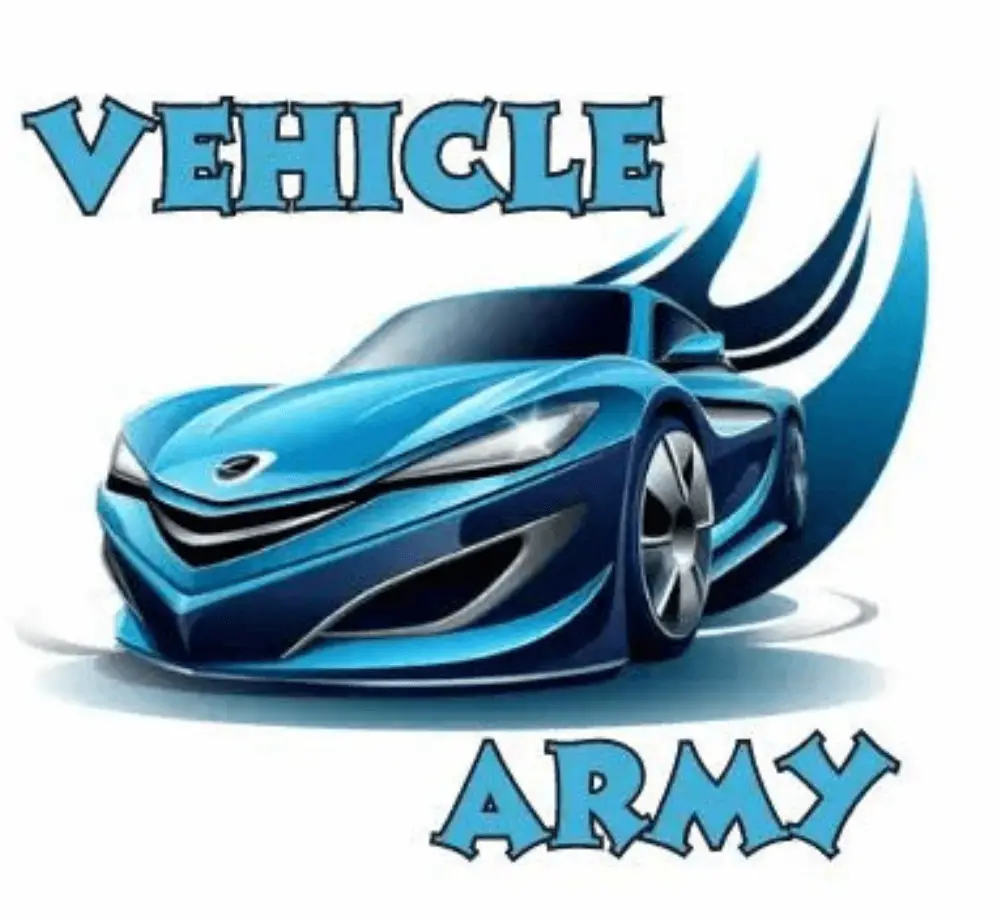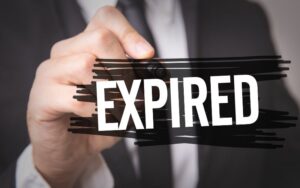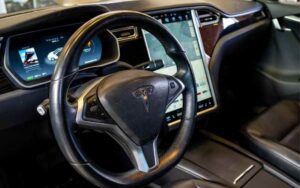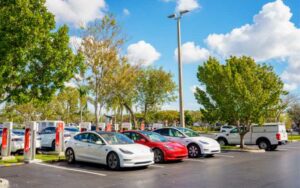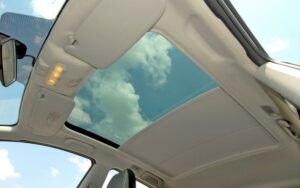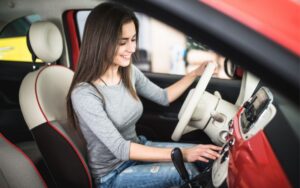Here is Why Your Tesla is Not Showing Other Cars!
Tesla’s Full Self Driving software is one of the most exciting things about Tesla’s system upgrades. It has several advantages over the Enhanced pilot mode.
The primary difference between both software is the Full Vehicle Visualizations on your heads-up visual display or central touchscreen.
So why isn’t your Tesla model displaying other cars on the road?
Faulty calibration is the most common reason your Tesla touchscreen does not display other cars. If you purchased your Tesla recently or performed a significant repair on the car, the calibration might be off. However, if that’s the issue, the car will calibrate itself while you drive around town. Nevertheless, your vehicle could be experiencing other problems.
You’ve come to the right place if you’re having trouble with your Tesla FSD visualization. This article will educate you on why your display isn’t functioning correctly.
Furthermore, you will also learn the solutions to each problem so you can solve them yourself.
Hence, keep reading this article if you want to learn all there is to know about Tesla’s FSD.
Why Are Other Cars Not Showing on My Tesla Screen?
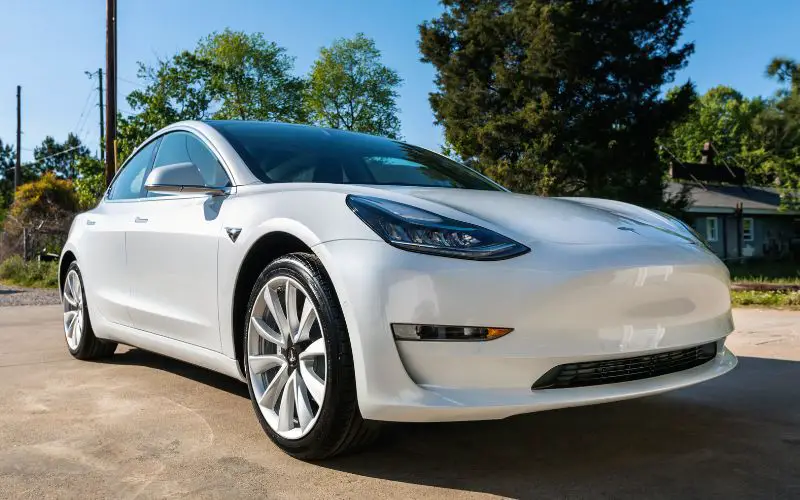
You should check your firmware version if other cars aren’t showing on your Tesla screen.
The firmware version your Tesla is running on is another common reason your screen isn’t picking up other cars.
If you newly purchased your Tesla, you might have this issue, but you can fix it. Please don’t get frustrated because your friend’s FSD is working, and yours isn’t.
First, check your firmware version. Additionally, check the number on your firmware version.
Your firmware version is among a sequence of numbers that indicate the firmware version.
Furthermore, check the third sequence of the number, and if it’s three digits, you’re using factory settings.
For instance, if your number is 2021.3.197.X. The third sequence is 197, and since there are three digits, it’s using factory settings.
Factory set firmware version doesn’t support visualizations. Hence, you won’t see anything on your touchpad.
If that’s the issue with your Tesla, you can easily update your firmware version to the latest. However, you can only update your firmware if there’s another update available.
You can check if you have any software updates for your car by opening the “Software” tab on your touchscreen.
You will get a notification on your center display if there are any updates. Furthermore, you also have the option to update immediately or schedule for later.
Additionally, you can check if you have any updates through your Tesla app.
If you have any pending updates, you will see a separate “Software Update” section on the main page of the mobile app.
However, you can lodge a complaint with your Tesla service center if you don’t find any updates.
Some Tesla users have recorded success with this method. Nevertheless, you will have to wait for the next rollout if there are no updates.
Tesla FSD Visualization Not Working (Reasons and Solutions)
If you have a recent Tesla model, it has one of the most advanced EV technologies. Hence, don’t think Tesla ripped you off.
The reason your Tesla isn’t displaying other cars on the road could be due to some reasons.
Hence, your Tesla screen isn’t showing other cars in the following sections.
#1. Visualization Settings
Another common cause why other vehicles aren’t displaying might be because you didn’t turn on visualization.
It may not activate by default without turning on your visualization settings. Hence, you should also check if your visualization settings are on.
If you want to check, below are some steps you can use:
- Step One: Open your “Controls.” Head to “Autopilot”
- Step Two: Under “Autopilot,” select “Full Self-Driving Visualization Preview.”
- Step Three: Turn on the preview.
You should have a complete visualization of vehicles on the road. You must turn on your visualization settings.
If not, you will get little information on your touchscreen. And some of the information you will miss may also include vehicles.
#2. Limitations of Tesla Vision
Although many Tesla users pin Tesla Vision as part of the issue for lack of visualization, it’s still speculation.
Many Tesla users have complained of not getting a complete visualization of oncoming traffic unless at a standstill. It’s difficult to dismiss complaints lodged by a lot of customers.
Despite that, Tesla hasn’t given any official statements acknowledging the flaws in their system.
The limitations of Tesla Vision have been controversial for a while. Tesla Vision is the company’s technology and a competitor for radar technology.
Although the company claims it ultimately makes cars safer, the technology has some glaring limitations.
Tesla Vision has been having issues with accuracy since its adoption into Tesla cars.
For example, if you’re driving on a two-lane road, the computer will simulate the lane close to the car where the sensors can’t pick up.
This issue is common in older versions of Tesla cars. Additionally, if you’re going around a curve, the software will simulate a continuous curve, much like a roundabout.
However, Tesla’s Vision has improved over the years by taking the layout of roads. While this might be true, the technology isn’t yet 100% accurate.
#3. Full Self-Driving Trial
Do you remember when you first bought your Tesla? Tesla must have given you a three-month free trial of all Full Self Driving features.
If Tesla gives you this offer and three months are over, you won’t enjoy visualization features any longer.
If your three months trial is over, your road visualization will become limited. To check if that’s the issue, compare the dates.
Compare when you started using the trial and the current date. If the time Tesla gave you is up, that is the reason for the lack of visualization.
#4. Autopilot
If your Tesla is fresh from the factory, the Autopilot is most likely not calibrated. It would be best if you allowed the car to calibrate itself.
Furthermore, if you have made any significant repairs, your car will require calibration.
Hence, you may have been using your FSD visualization without issues, but it stopped at some point.
You must recalibrate the system if you have made any car repairs recently. For newer Tesla models, even a bumper removal will prompt system recalibration.
If calibration is the issue, you don’t have to bother about it. Your Tesla can calibrate itself, but you must give the car time.
Additionally, you will see a progress bar on your screen if it’s calibrating. Note that you have to be driving your Tesla for it to calibrate the Autopilot.
It should take your Tesla around 20 to 25 miles of driving to complete the calibration.
How To Reset Tesla Display To Restore FSD Visualization?
If your display has issues, you can also try resetting it to fix FSD visualization.
You can perform a soft reset. Do this by pressing the two buttons on your steering wheel until the screen turns off.
You must exercise patience because the car takes up to a minute to reboot your screen. In some cases, it may take longer.
The Tesla models S and X do not have buttons on the steering wheel. Hence, you must press and hold the buttons on the side of your stalk.
If you didn’t know, your stalk is those long sticks under your steering wheel. When you press and hold the buttons on the side of your stalk, your seat will recline, and the car will reboot.
Another method to reset your display is by pressing and holding the two buttons on your steering wheel while your foot is on your brake. Press and hold till the screen turns off.
After you’ve done option three, if you would like to hard reset your display, follow these instructions:
- Head to the controls on your touchscreen.
- Scroll down and power off the screen.
- Remain entirely in the car, and don’t touch anything for at least five minutes.
However, if you’ve tried all these options and it didn’t work, you should take your car to a Tesla shop and get it looked at.
Sometimes, your FSD visualization might not work due to a faulty camera or sensor. Hence, please take it to a Tesla shop for diagnostics and proper fixing.
Can Tesla Autopilot Work Without a Functional FSD Visualization?
No. Tesla Autopilot can’t work without a functional FSD visualization.
For Autopilot to work, the car must visualize the road and everything on it. It will reject the command if you try setting the car to Autopilot or cruise control without a functional FSD.
You can’t drive if you can’t see. It’s the same with your Tesla model. It can’t drive you anywhere if it can’t visualize the lanes, vehicles, and pedestrians on the road.
Tesla’s FSD Vs. Enhanced Driving Mode
Every Tesla model has a basic Autopilot as the standard. However, if you go for primary, you will get limited features on your car.
Hence, if you can afford it, Tesla offers additional features to their regular Autopilot.
Below is a table summarizing the significant differences between Tesla’s FSD and Enhanced Driving Mode.
| Full Self Driving | Enhanced Driving |
|---|---|
| More expensive | Less expensive |
| More features | Fewer features |

Hey, I’m Michael Davis, a 35-year-old with a degree and a love for cars and tech. Since I was a kid, cars have been my thing—so much that I even thought they ran on magic beans! Fast forward, and I’ve built Vehicle Army, your one-stop-shop for easy-to-understand car facts.
